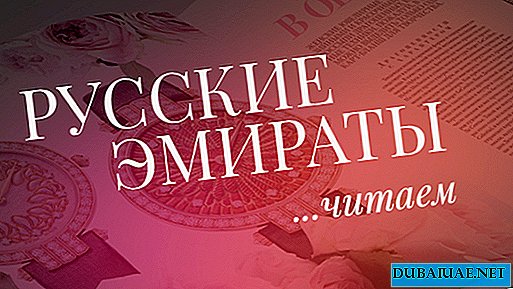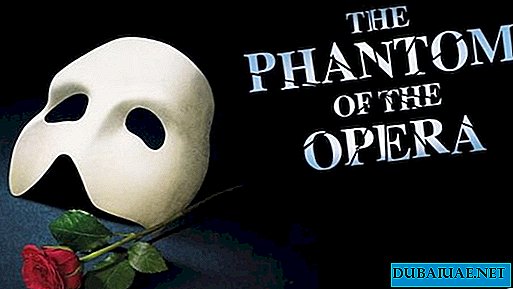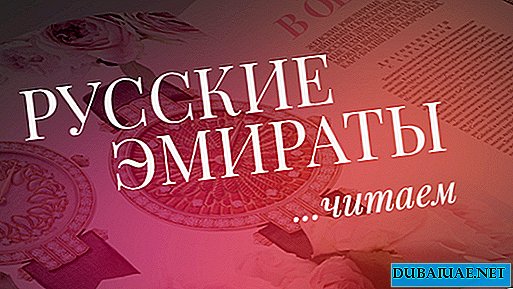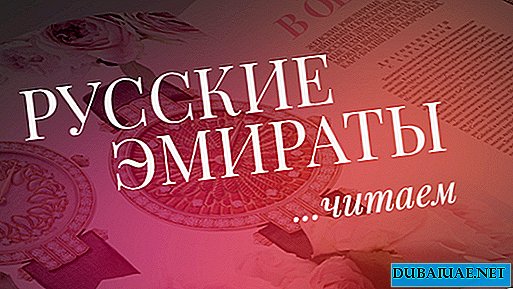 According to legend, Dresden was founded on the site of the Slavic fishing village of Drazhdyan. The first mention of the city dates from 1206. However, the heyday of Dresden begins in 1485, when it becomes the residence of the Saxon Dukes of the Albertine line of the House of Vettins. In the middle of the sixteenth century, Henry the Pious carried out the Reformation, and the chapel of Torgau Castle was consecrated by Luther himself and became the first Protestant church.
According to legend, Dresden was founded on the site of the Slavic fishing village of Drazhdyan. The first mention of the city dates from 1206. However, the heyday of Dresden begins in 1485, when it becomes the residence of the Saxon Dukes of the Albertine line of the House of Vettins. In the middle of the sixteenth century, Henry the Pious carried out the Reformation, and the chapel of Torgau Castle was consecrated by Luther himself and became the first Protestant church.
The highest flowering of Dresden is associated with the king of Saxony and Poland, Frederick Augustus I the Strong (1670-1733). Augustus I succeeded his father on the throne, under which in 1710-1722. Zwinger was built - the palace ensemble, in 17381756. Hofkirche Catholic Church, in 1726-1743 An outstanding baroque monument is the Frauenkirche church. King Augustus I rebuilt the old Dresden, destroyed by the fire of 1685, and proceeded to transform Dresden into a "Baroque city." It was Frederick Augustus I the Strong who adorned Dresden with many magnificent buildings, which the city today, which many call "Florence on the Elbe," is proud of. Thanks to Frederick Augustus I the Strong, Dresden also became the capital of Saxon porcelain. Legend has it that the king, always in need of gold, invited the alchemist Böttger to himself and locked him in the castle of Albrechtsburg. He did not receive gold, but he discovered the secret of making porcelain, which glorified Saxony.
The city reached its peak in the 18th century, when it became the center of European politics, culture and economics. In the XIX century, industry began to develop in Dresden.
Until the mid-twentieth century, Dresden was known as one of the most beautiful cities in Germany due to its magnificent architecture and artistic wealth. The main attraction of the city and the main repository of art values is the famous Dresden Picture Gallery (in German the gallery is called "Old Masters" - Alte Meister). The gallery was created in the 16th century by the Saxon elector Frederick the Wise, who patronized artists. However, the gallery reached its peak in the 18th century under Augustus II and his son Augustus III, who, through scientists, diplomats, artists and traders, bought individual canvases and entire collections. The main value of the gallery’s exposition is, first of all, the section of Italian painting of the XV-XVIII centuries - paintings by Titian, Giorgione, Veronese, Raphael, Correggio, Tintoretto, paintings of the four largest representatives of Dutch painting - Rembrandt, Vermeer, Reisdal and Hals, the Flemish school - works by Rubens , Van Dyck, Sneijders, and a section of Spanish art. All these works were threatened with death when at the end of World War II the Nazis hid them in raw limestone mines. The restoration of paintings took several decades.
The bombing of the armed forces of Great Britain and the USA on the night of February 13, 1945 turned Dresden into ruins. Artworks such as Zwinger were destroyed, the ensemble of which was formed by six two-story pavilions and one-story galleries connecting them. The Zwinger pavilions housed a library, a math room, a Kunstkamera, and collections of prints and porcelain. After the bombing of 1945 from Zwinger there was no stone unturned. Scientists and architects led by Hubert Ermisch recreated Zwinger from archival drawings. Now in Zwinger are exhibits of the Dresden Gallery.
Through the efforts of several generations of Germans, the ancient city is gradually being reborn. The royal palace with the Stahlhof complex has been restored, where knightly tournaments, the Court Church (Hofkirche) and the Frauenkirche famous for its dome were held.
It should not be forgotten that Dresden is the capital of the federal state of Saxony, an important industrial center of Germany, the capital of Saxon china. At the same time, Dresden is known for its pedagogical school. The system of the European gymnasium originates from here, which still exists in a modified form in Russian schools and universities.











